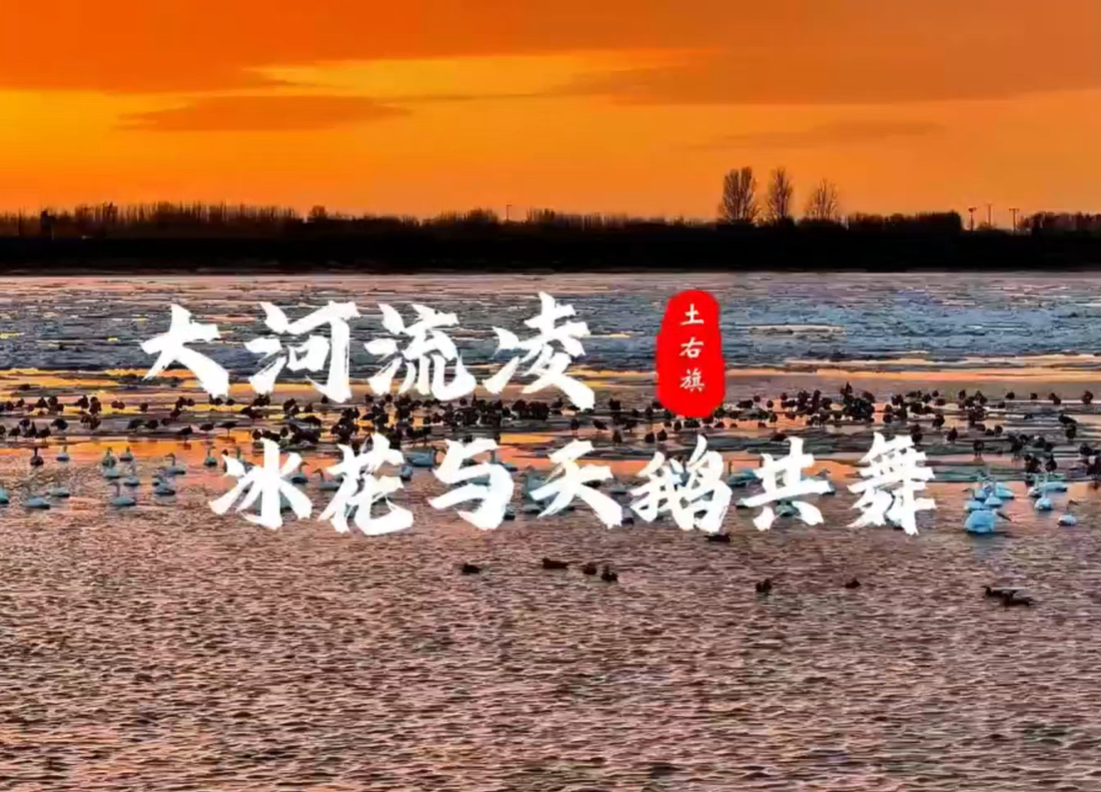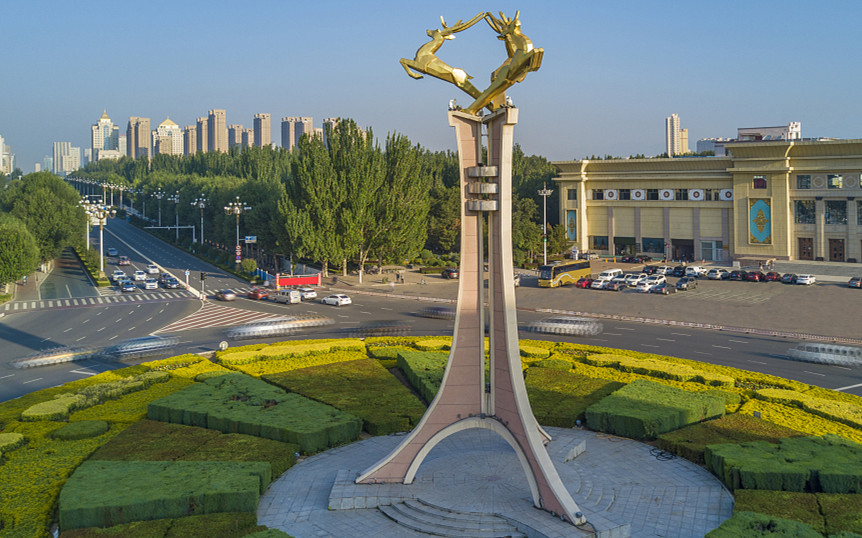A peaceful street where history breathes

Residential buildings along Wusutu Street. [Photo/Baotou news network]
Tucked away in Baotou's Qingshan district, Wusutu Street emerged between the late 1950s and the 1970s. Recognized in 2019 as one of Inner Mongolia's historical and cultural districts, it remains a living testament to a remarkable era of Chinese history.
Wusutu's charm lies in its quiet strength. The streets are broad but warm, framed by lush pine, towering poplars, and umbrella-shaped scholar trees. Twisting lilacs and delicate peach blossoms add texture and depth, sheltering the district in soft, green shade. The buildings, modest in height, ranging from two to four stories, are arranged in clusters that evoke a sense of calm order.

A park near the Wusutu Street. [Photo/Baotou news network]
Walking through the street is like stepping into a time capsule. Clubs, kindergartens, guesthouses, and residences stand with subtle elegance, and although some walls have been repainted and tiles replaced with metal roofs, the district retains its original grace.
Wusutu once played a quiet but influential role in China's nuclear history, producing fuel for the nation's first atomic bomb, hydrogen bomb, and nuclear submarine.
Today, its quiet streets and timeless food – from lamb skewers to hand-stretched noodles – continue to nourish both the body and the memories of locals and visitors.





 Ice floats & swans in Baotou
Ice floats & swans in Baotou